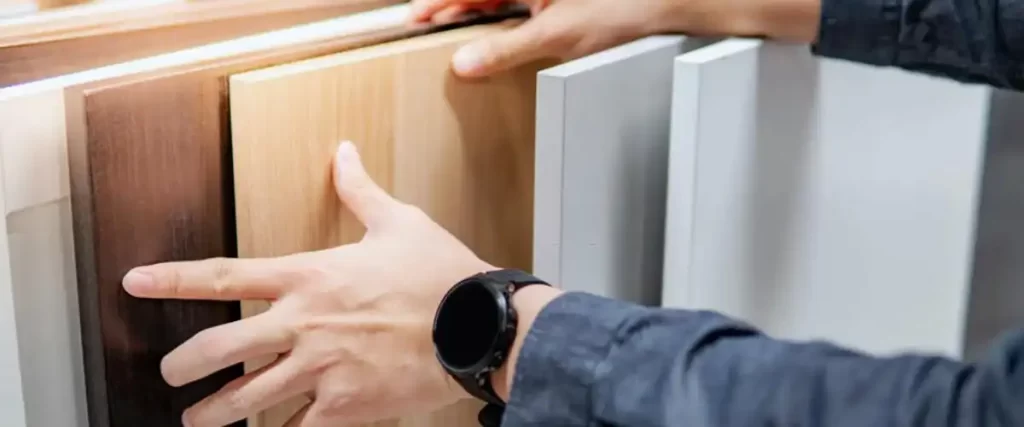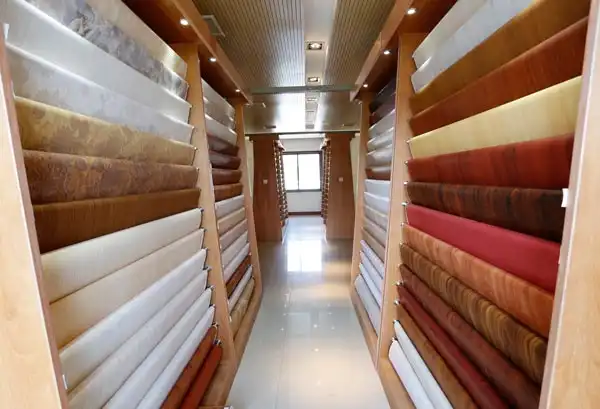Decorative wall panels are an increasingly popular trend for home interiors. However, they are prone to dirt and scratches. Attending to stains as soon as they occur is the best way to keep them at bay.
The first step is to know what your wall panels are made of. Often, they feature a durable substrate like MDF, PVC or particleboard with a top finish of printed paper, patterned fabric or laminate.
Dust Daily
Decorative wood paneling needs regular cleaning to remove dust and debris. Use a feather duster or a cloth with a dry, lint free surface to clean the paneling once a day. Add this to your daily routine and you’ll find that the panels are easier to maintain.
You’ll need to clean your panels with a cleaner that is safe for them; glass cleaner and all-purpose cleaner are great options. Avoid washing products containing oils, such as washing-up liquid, as these may damage the surface.
If you’re battling tough stains, you can use mineral spirits to get them off. Be sure to ventilate the area well, as this is a strong solvent. If the stain is still visible, try to keep it out of direct sunlight as UV rays will fade the finish. This will help the panels look fresh and new for longer. If possible, keep your blinds lowered or drapes closed to protect the panels from the sun.
Clean Stains
Like other surfaces in your home, your panels can accumulate marks and stains. Attending to stains and markings as they occur will help them to fade, especially if the stains are water marks. Use a mild soap solution and gently wipe and dry the affected area. This will prevent moisture from being absorbed into the wood and staining it.
Avoid using cleaning products that contain alkalis and solvents as these can scratch, dull or strip the veneer on your wall paneling. When using a chemical cleaner, apply it sparingly and immediately buff it dry with a clean cloth to avoid streaks.
For painted panels, a light sanding will usually remove any scratches. Wipe the sanded area with a damp cloth and follow with a mild soap solution. Ensure the area is dry before applying any wax or oil. You can use mineral spirits to do a deep clean, but be sure to open the windows and take extra care when working with this flammable product.
Apply Oil or Polish
Decorative panels on furniture are often not as sturdy as solid wood so it is important to take care of them. A good polish and wax routine is key to keeping them looking nice and protected.
Furniture polishes come in liquid, paste, or a solid form. Avoid polish sprays that sit on top of the laminate and do not penetrate the material – they will only attract dirt and lint.
Apply your chosen polish product to a clean cloth and wipe the paneling in the direction of the grain. Blot up any excess to prevent overly soaked areas. Reapply the product semiannually or quarterly depending upon your interior climate.
For deep scratches or scuff marks, try using a polish revive or Liberon coloured wax stick to fill in the mark and then buff out with a cloth. You can also use a dabber and French polish as this works extremely well on our furniture but please be careful, we advise that any scratch cover is tested first as it could potentially damage the finish.
Wrap the Panels
Decorative wall panels made of hardboard are an inexpensive way to freshen up an old or outdated piece of furniture. They can be easily cut to size by a professional at your local home center, then dressed up with your favorite fabric or paper. The result is a unique and sophisticated update to your decor.
To keep your MDF panels looking great, keep them away from direct sunlight and damp surfaces. Wipe them down regularly with a clean cloth or sponge and a little water. If they are in a high traffic area, periodic vacuuming might be necessary.
Like any other steady surface, wall panels will accumulate dust inevitably. A lint free cloth or feather duster and regular dusting should be enough to keep your panelling clean and looking new. If stains or marks appear, wipe them immediately as the longer they stay, the more difficult it will be to remove them.
If necessary, a small amount of oil or cleaning solution can be applied with a clean cloth.



